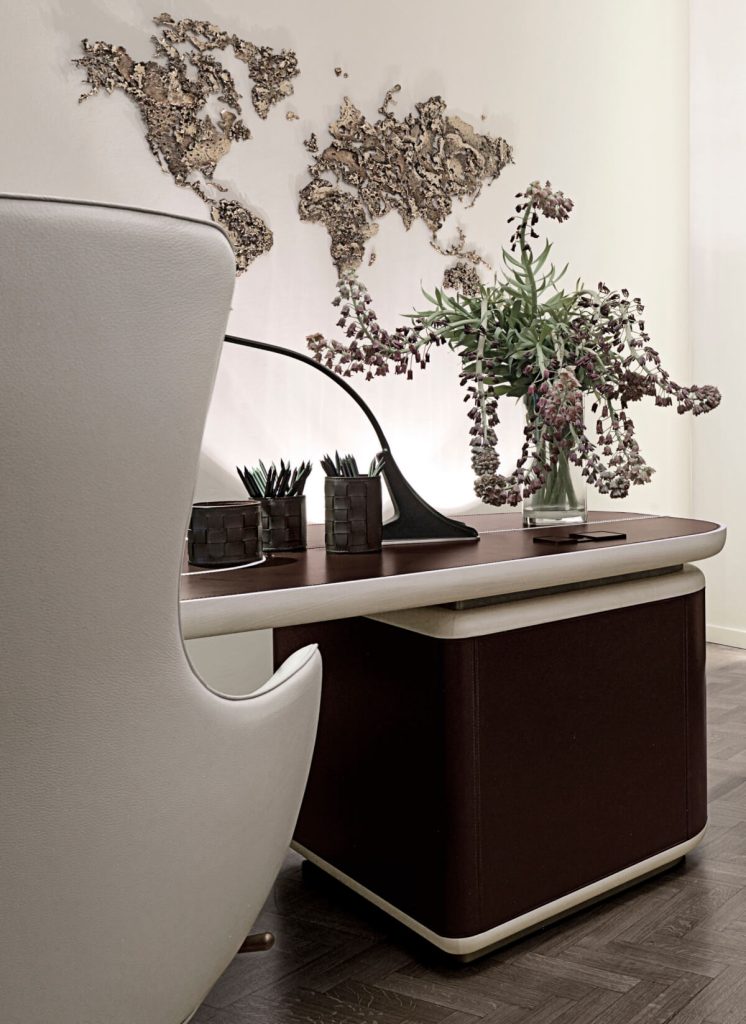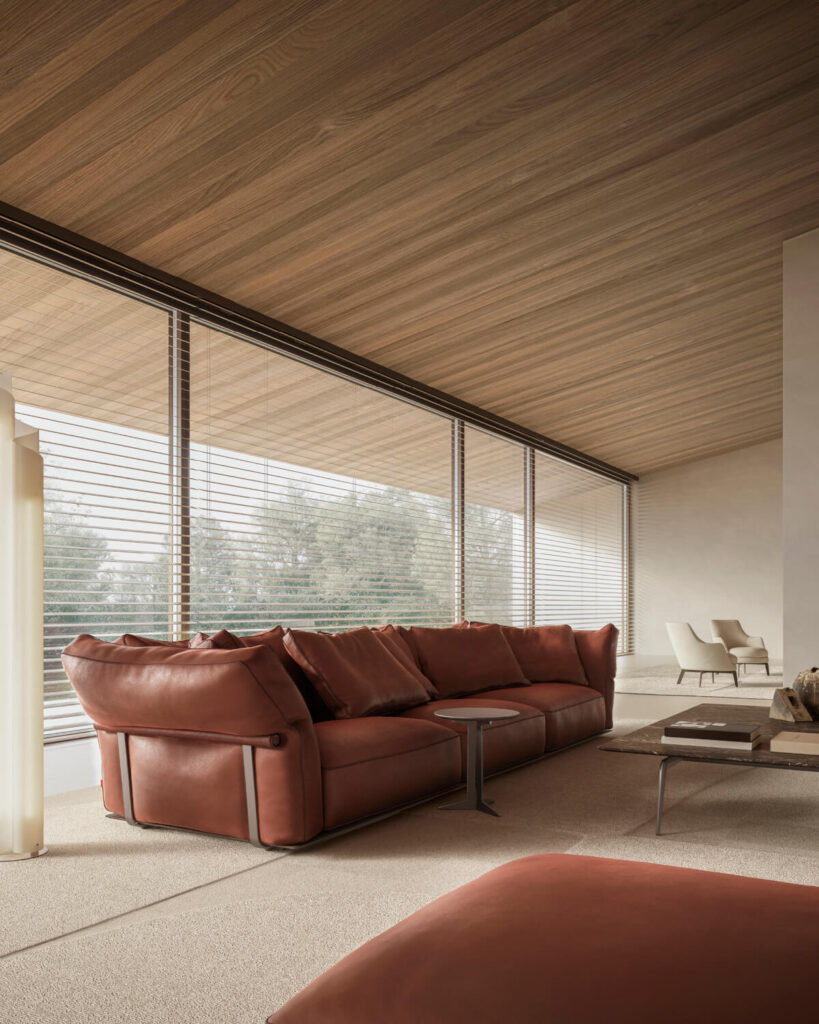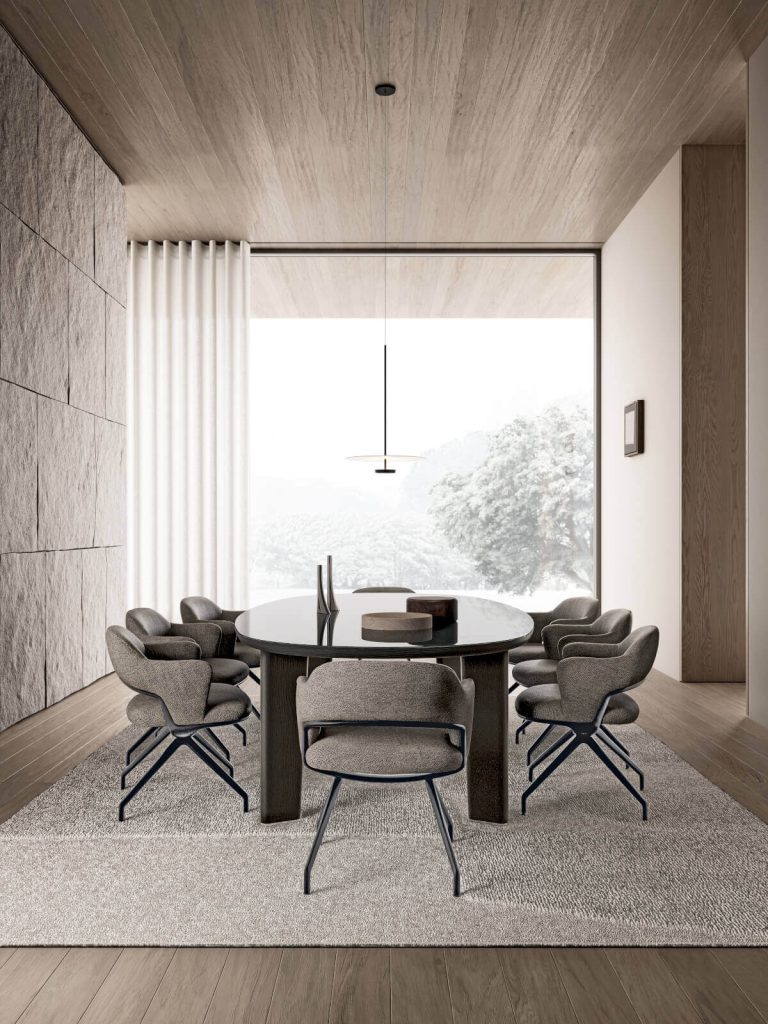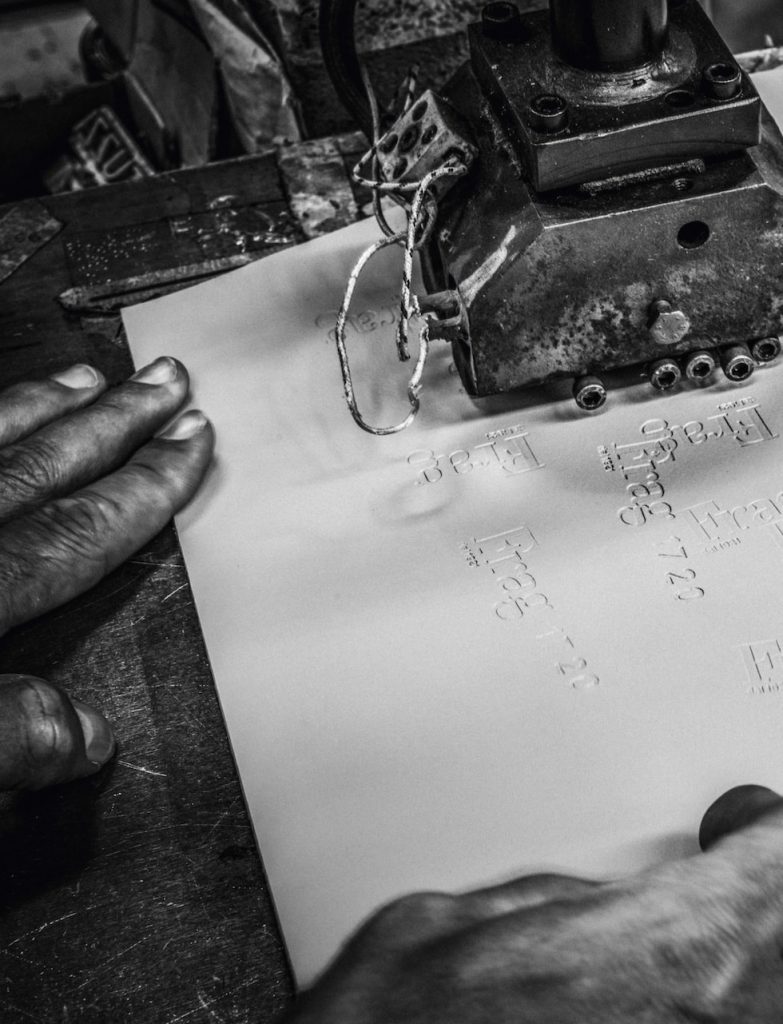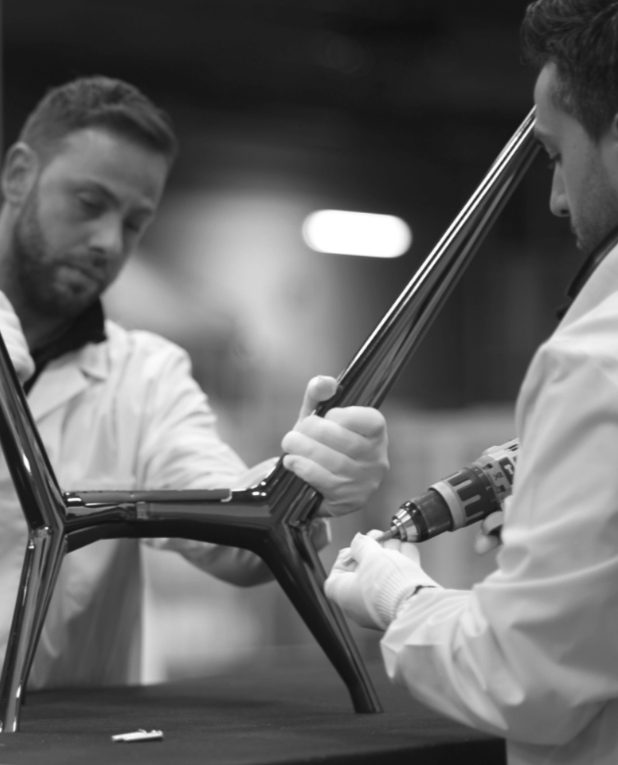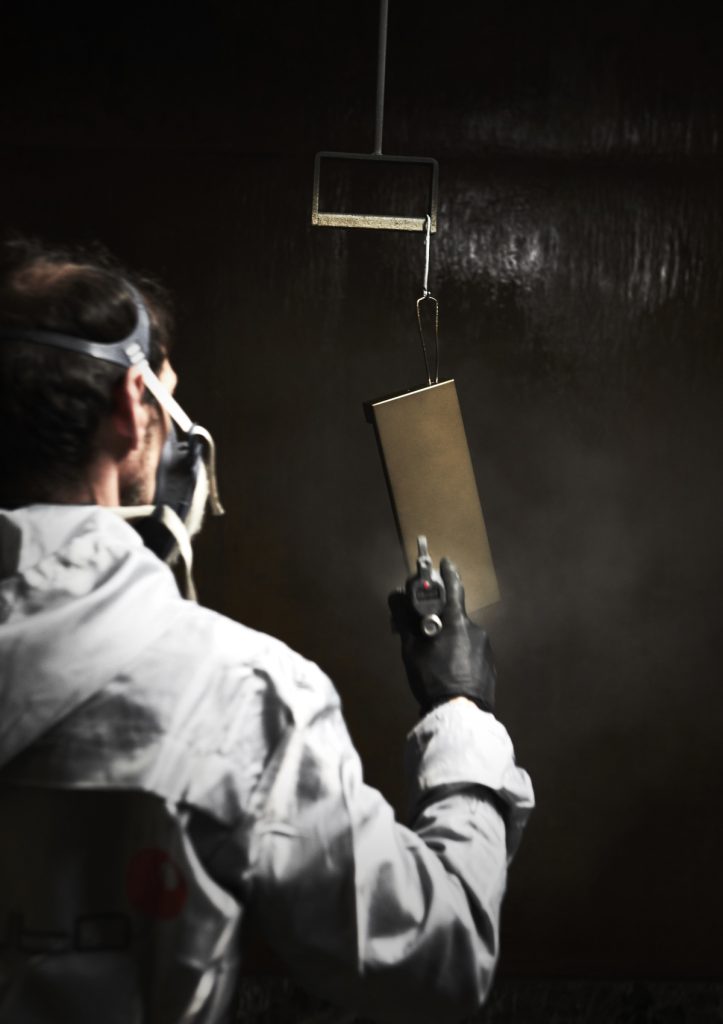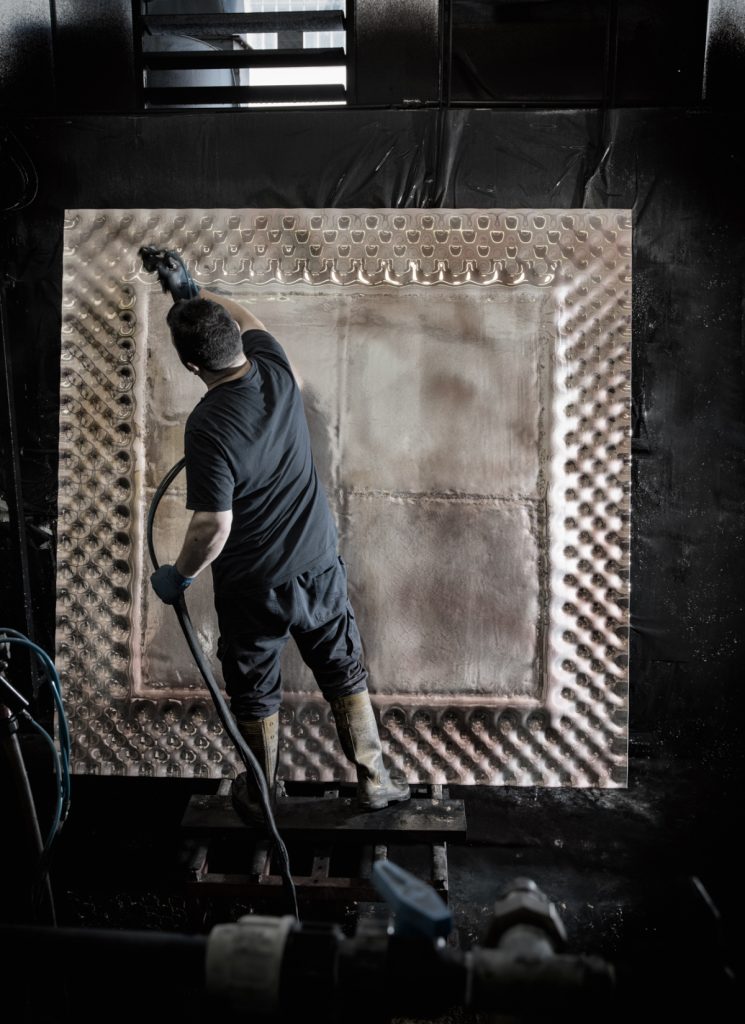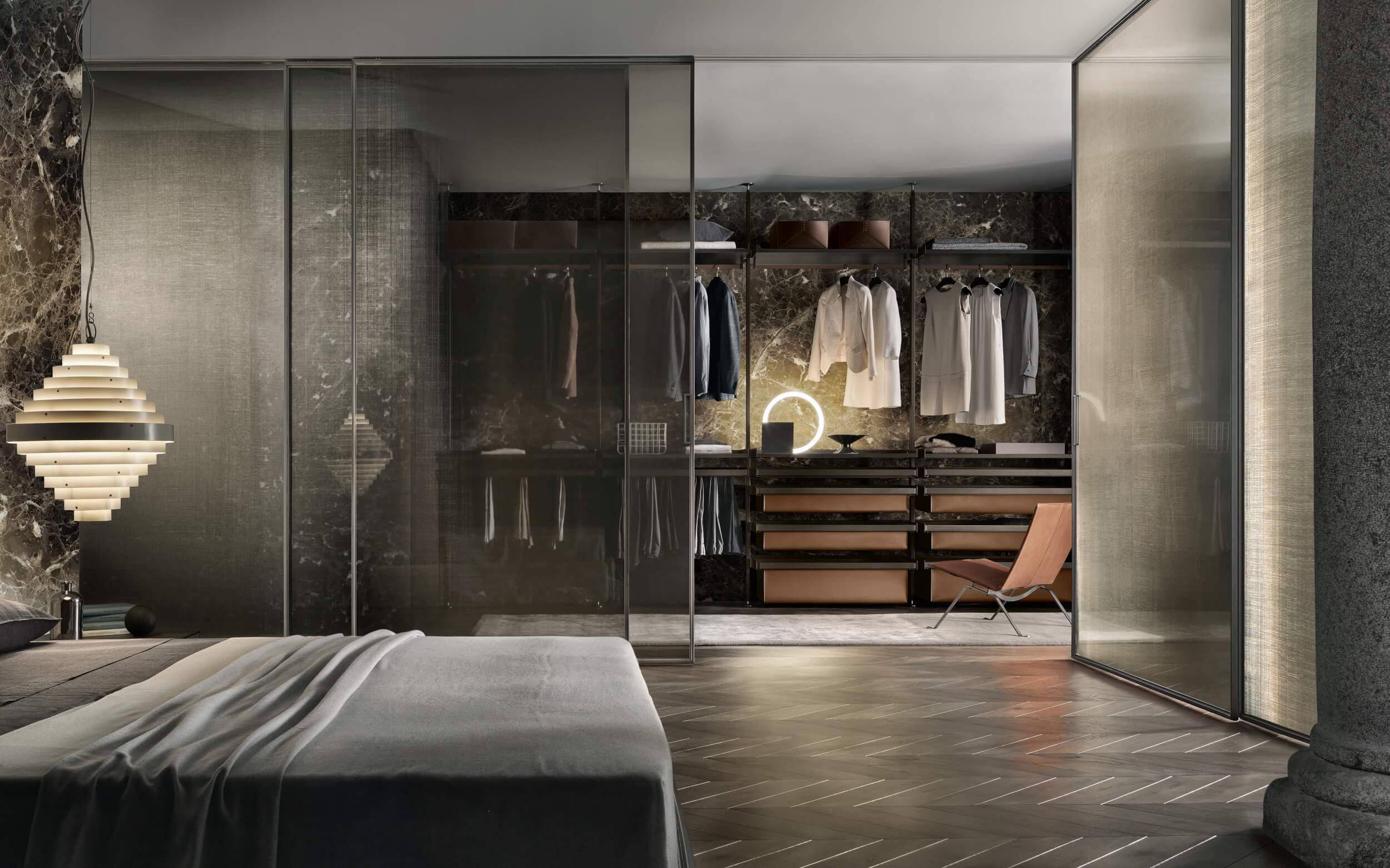
Luxury Walk-In Wardrobes: How to Design a Timeless Space
A walk-in wardrobe is never simply storage—it is architecture. Within the most carefully resolved interiors, wardrobes function as architectural interventions: refining spatial rhythm, enhancing daily rituals, and grounding the experience of dressing within the home’s broader design language.
At Everything But Ordinary, we believe wardrobe environments should be conceived with the same precision as bespoke joinery, architectural lighting, or integrated doors. When resolved properly, a designer wardrobe introduces clarity, permanence, and material integrity—supporting daily life while elevating the architectural expression of the space.
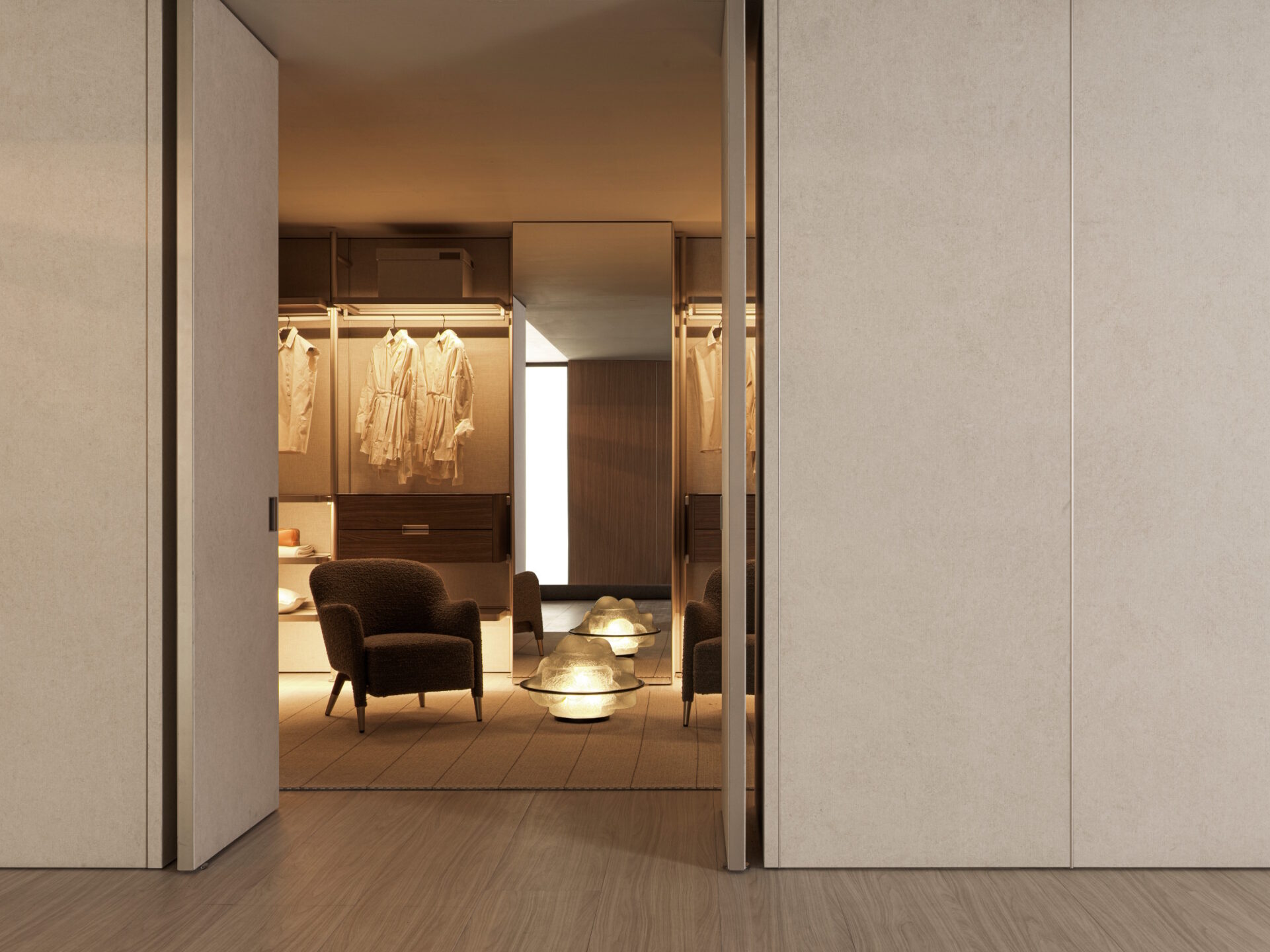
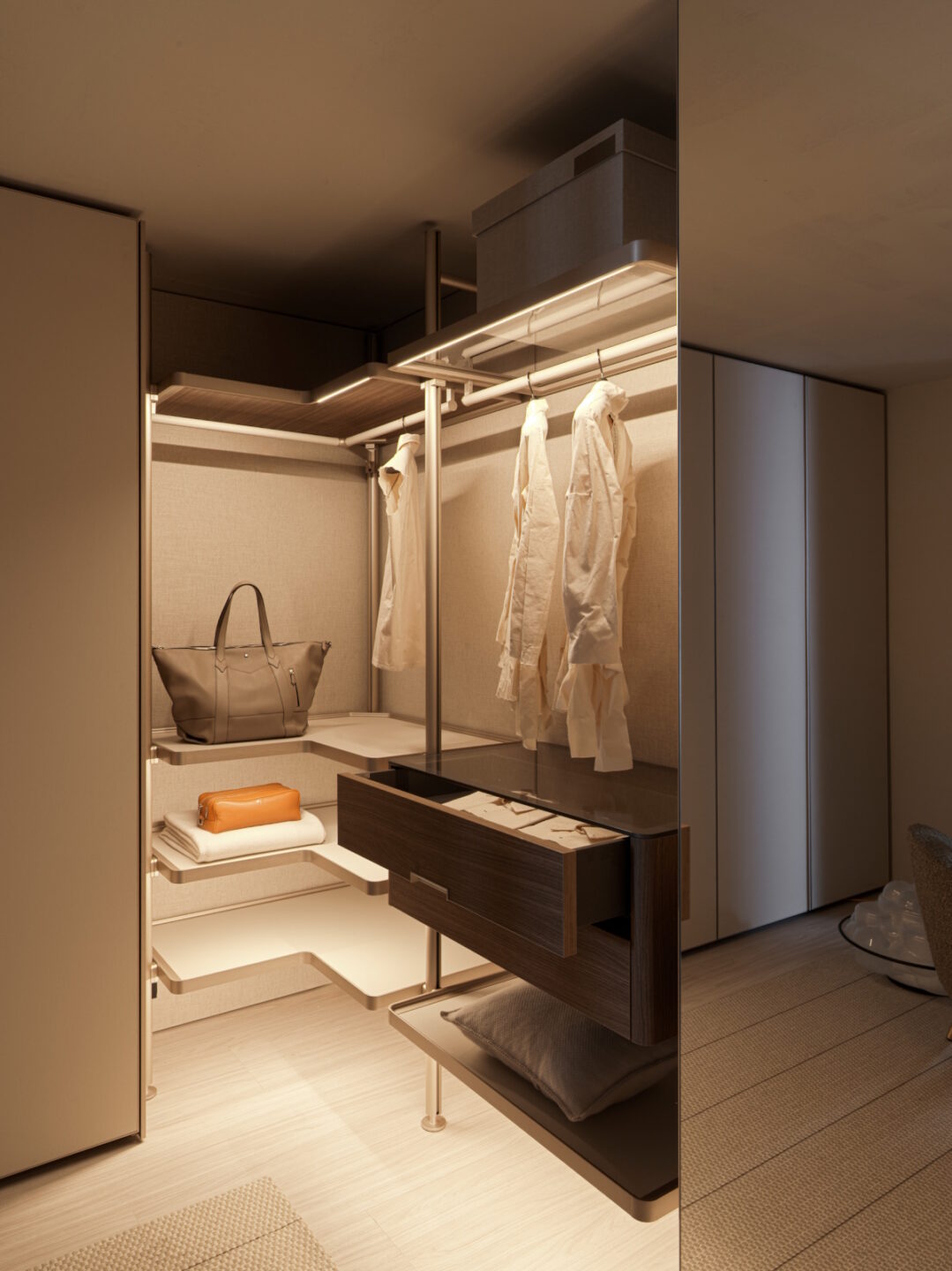
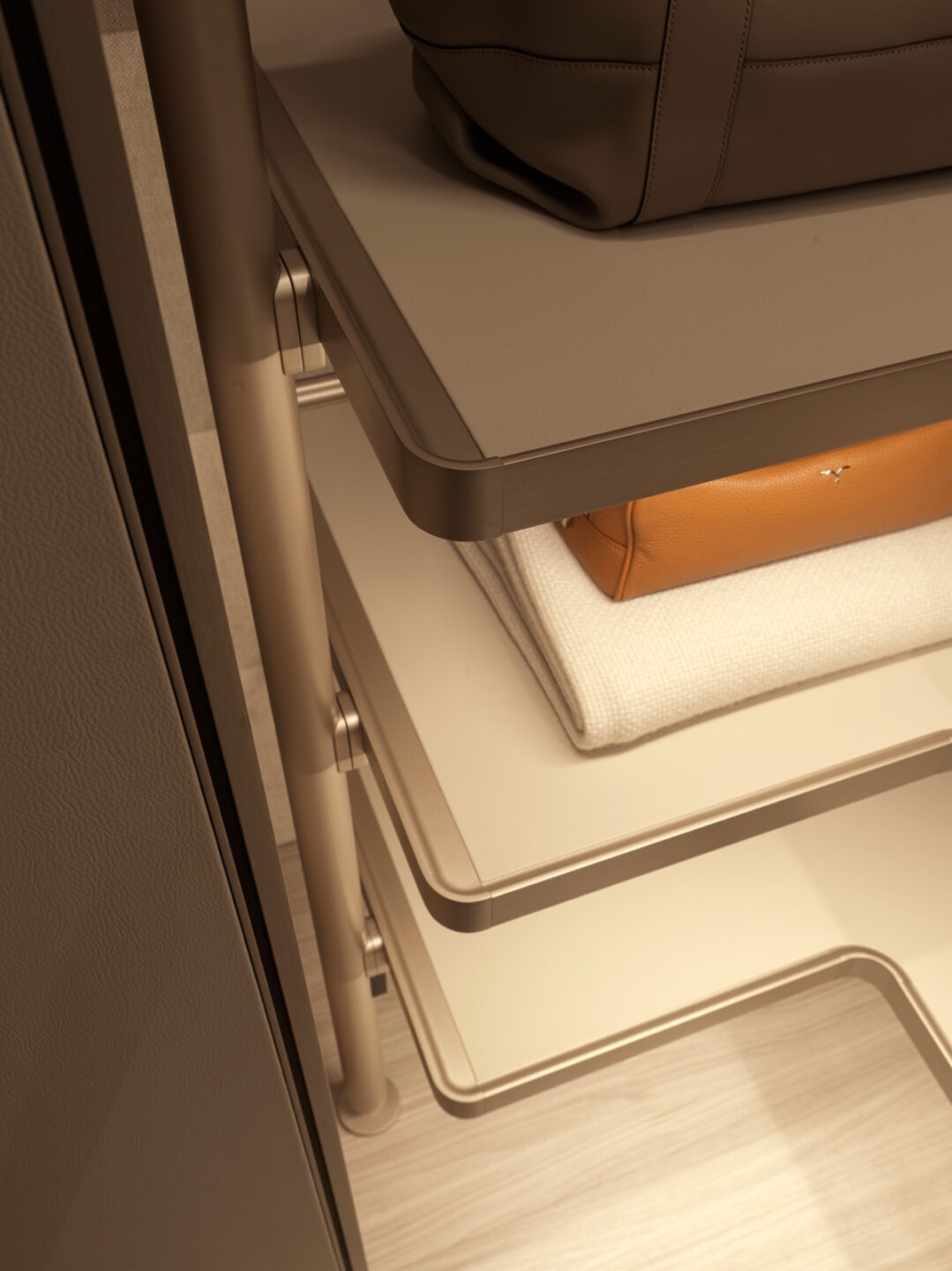
Storage as Structure: Redefining the Dressing Space
All too often, wardrobes are treated as functional additions—assembled from modular rails and shelving with little regard for spatial fluency. The result is convenience without cohesion.
True luxury demands more. An architectural wardrobe should emerge naturally from the building itself—anchored by tailored cabinetry, engineered proportions, and materials chosen for longevity, not fleeting appeal. Whether integrated within expansive suites, private dressing rooms, or transitional alcoves, these environments are designed as structural elements in their own right.
With over four decades advising private clients, architects, and interior designers globally, Everything But Ordinary—together with our appointed studio Dream Design—delivers wardrobe spaces where structure, material integrity, and personal rhythm align. In recent projects, we have collaborated with leading architectural studios and design partners such as Molteni&C to resolve wardrobes as part of larger residential compositions.
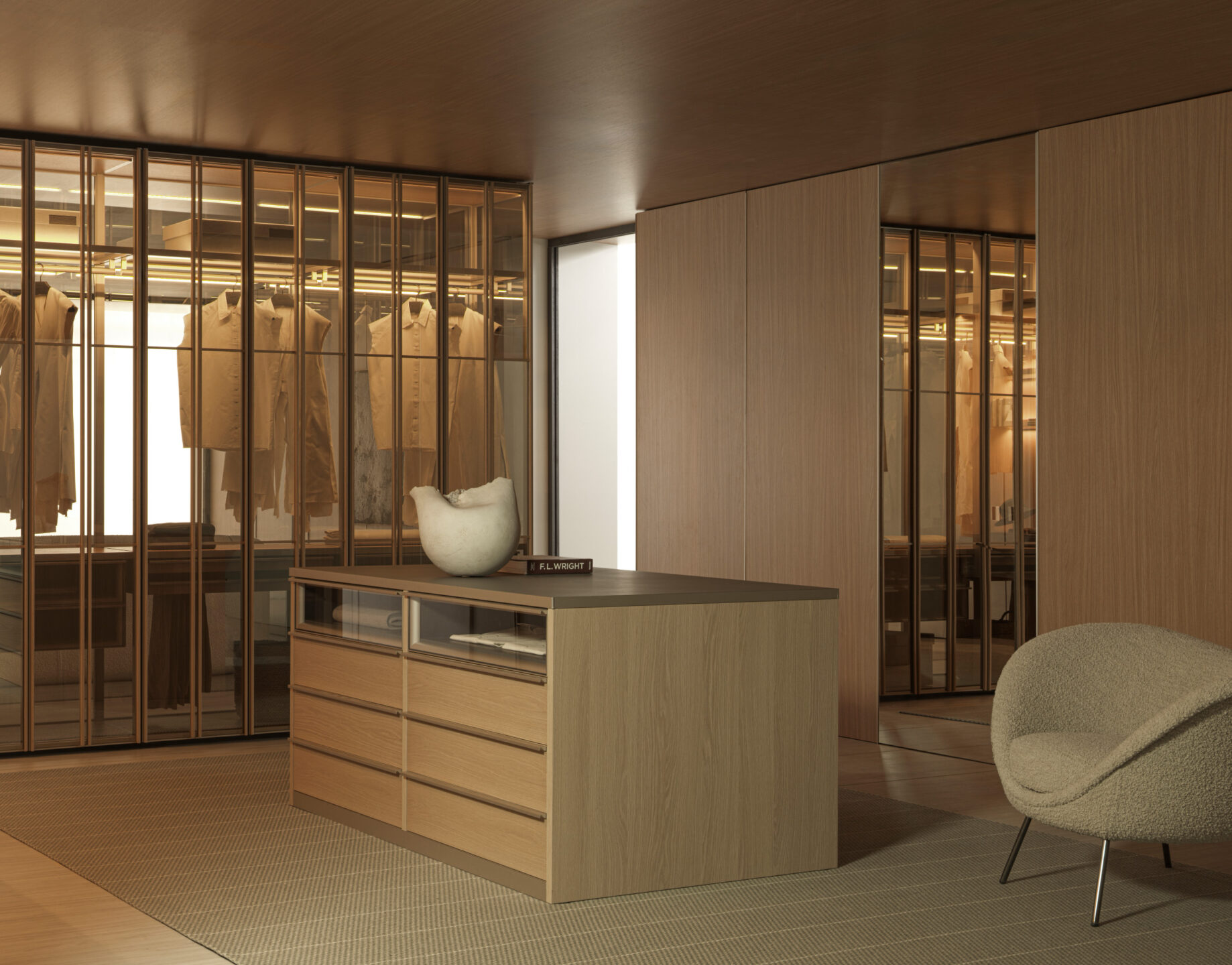
Wardrobes Composed with Architectural Discipline
A bespoke wardrobe is never a collection of storage ideas—it is an environment composed with the same architectural rigour as the home itself. Every element is resolved with purpose:
- Material Integrity: Brushed walnut, hand-finished leathers, tinted glass—selected for their structural relevance and how they evolve over time
- Tailored Configurations: Cabinetry engineered precisely to align with the room’s architecture—enhancing geometry, flow, and proportion
- Integrated Functionality: Concealed compartments, intelligent storage, and refined detailing—introduced with restraint to support clarity, not clutter
Often, the most resolved wardrobes incorporate dedicated dressing areas—designed with the same architectural focus as the wider interior. Where scale allows, a central island or seamlessly integrated dressing table introduces rhythm and purpose, grounding the space while enhancing daily ritual.
Equally, ottomans, benches, or refined accent chairs complement these environments—introducing functionality without disrupting proportion, while enhancing the dressing experience with sculptural seating that feels integral to the space.
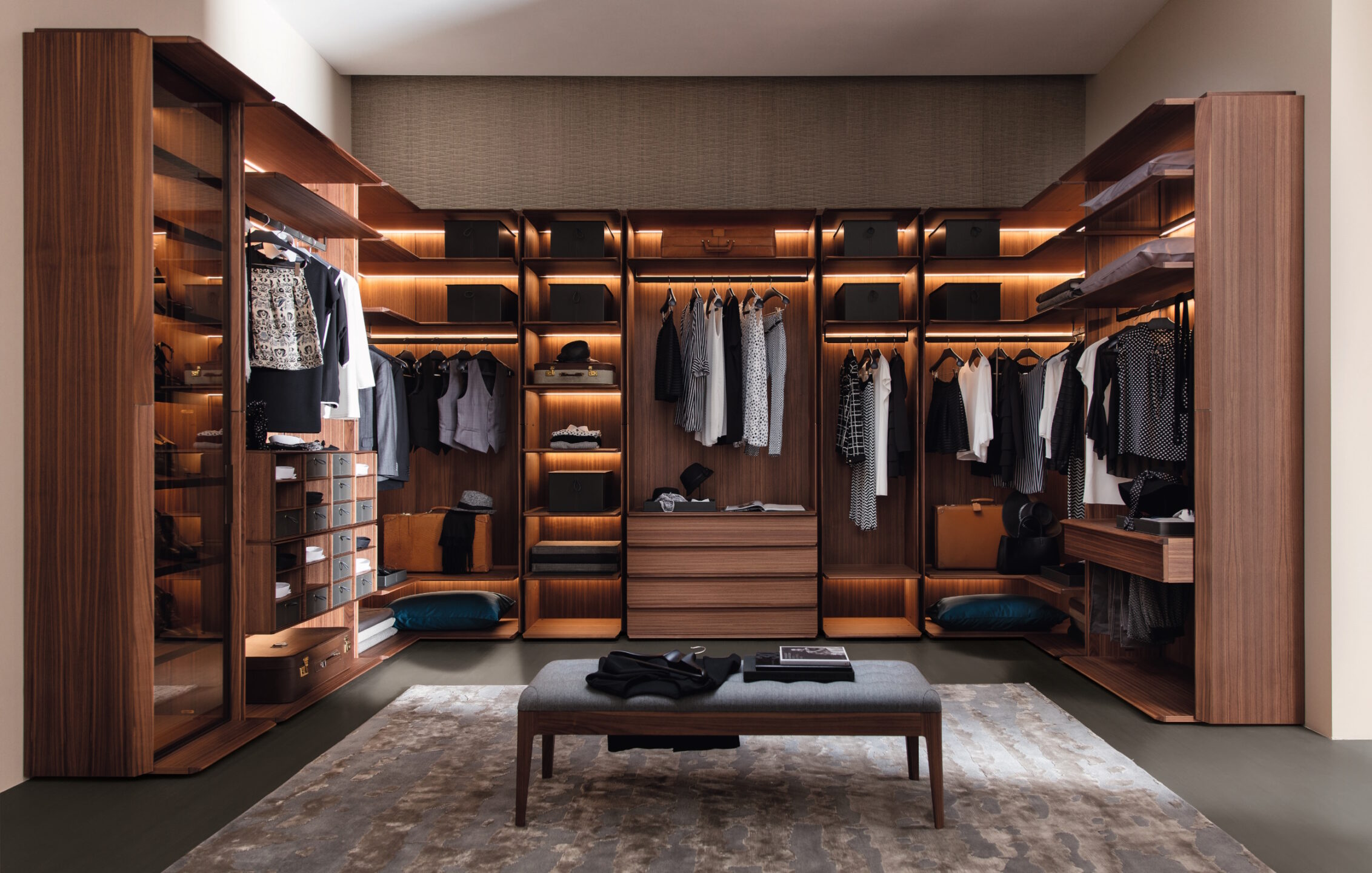
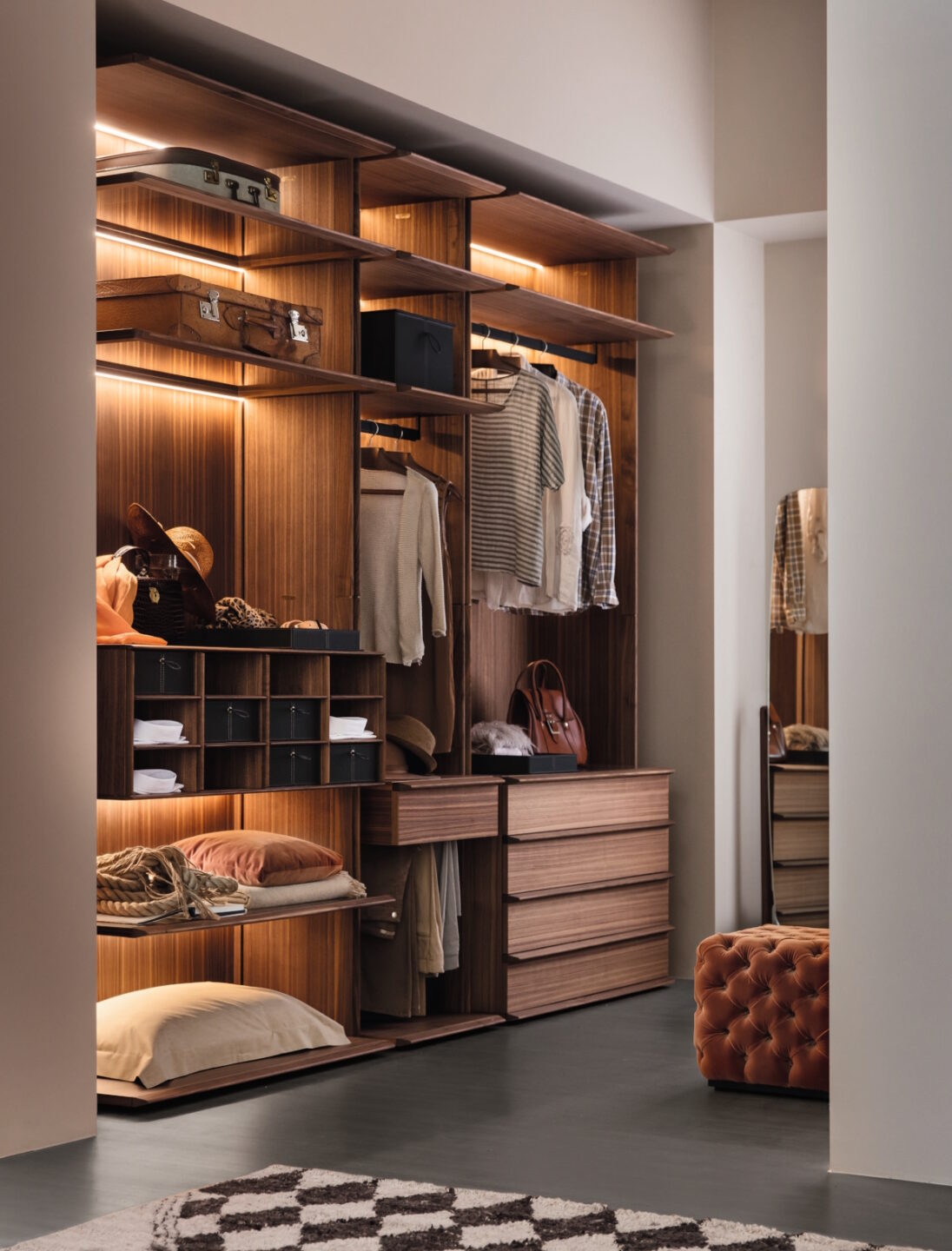
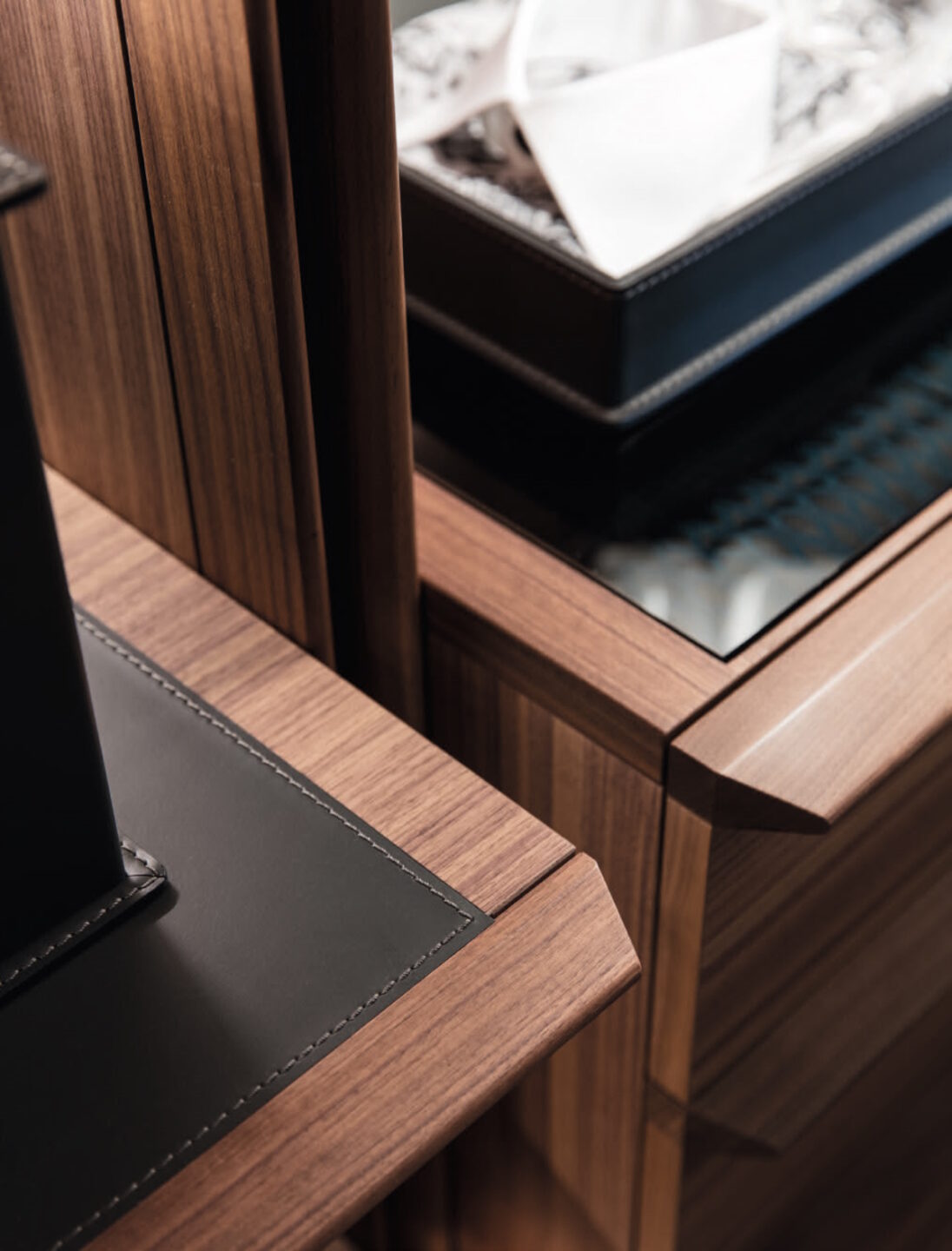
Composing the Dressing Experience with Intention
The most successful dressing environments evolve from understanding routine: Where do you pause? What deserves visibility, and what requires discretion? From intelligent cabinetry to tailored internal configurations, every element is resolved around personal rhythm.
Where space allows, seating elements such as luxury ottomans or designer benches introduce moments to pause—enhancing comfort and functionality while maintaining architectural coherence.
Full-length mirrors play an essential role—expanding perspective, enhancing light, and anchoring the dressing space within the architectural composition. Whether integrated seamlessly or introduced as sculptural objects, these mirrors balance utility with material refinement—elevating the ritual of dressing.
Materiality remains central. Timbers deepen in character, leathers soften with time, and lighting introduces atmosphere with restraint. A well-executed wardrobe transcends function—it becomes part of the home’s architectural identity, supporting order and refinement that evolve alongside life.
Wardrobes as Architectural Interventions
Exceptional wardrobes are not defined by size—but by how precisely they resolve space. Whether shaping expansive dressing rooms, refining private suites, or introducing structure to transitional areas, these environments belong to the architecture, not merely to storage.
Everything But Ordinary collaborates globally with private clients, architects, and interior designers to deliver wardrobe spaces that transcend pure function—integrating proportion, permanence, and clarity into the most considered interiors.
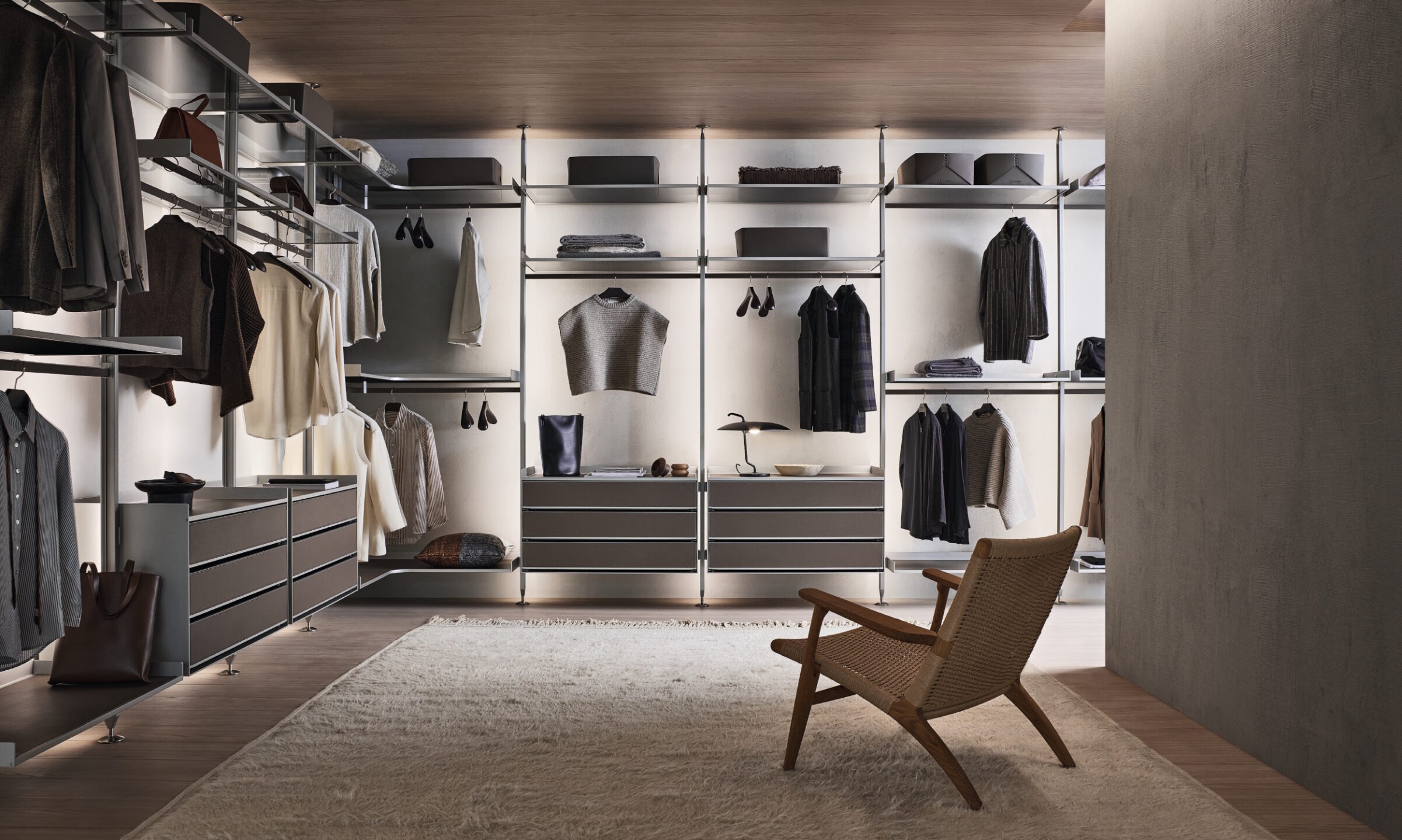
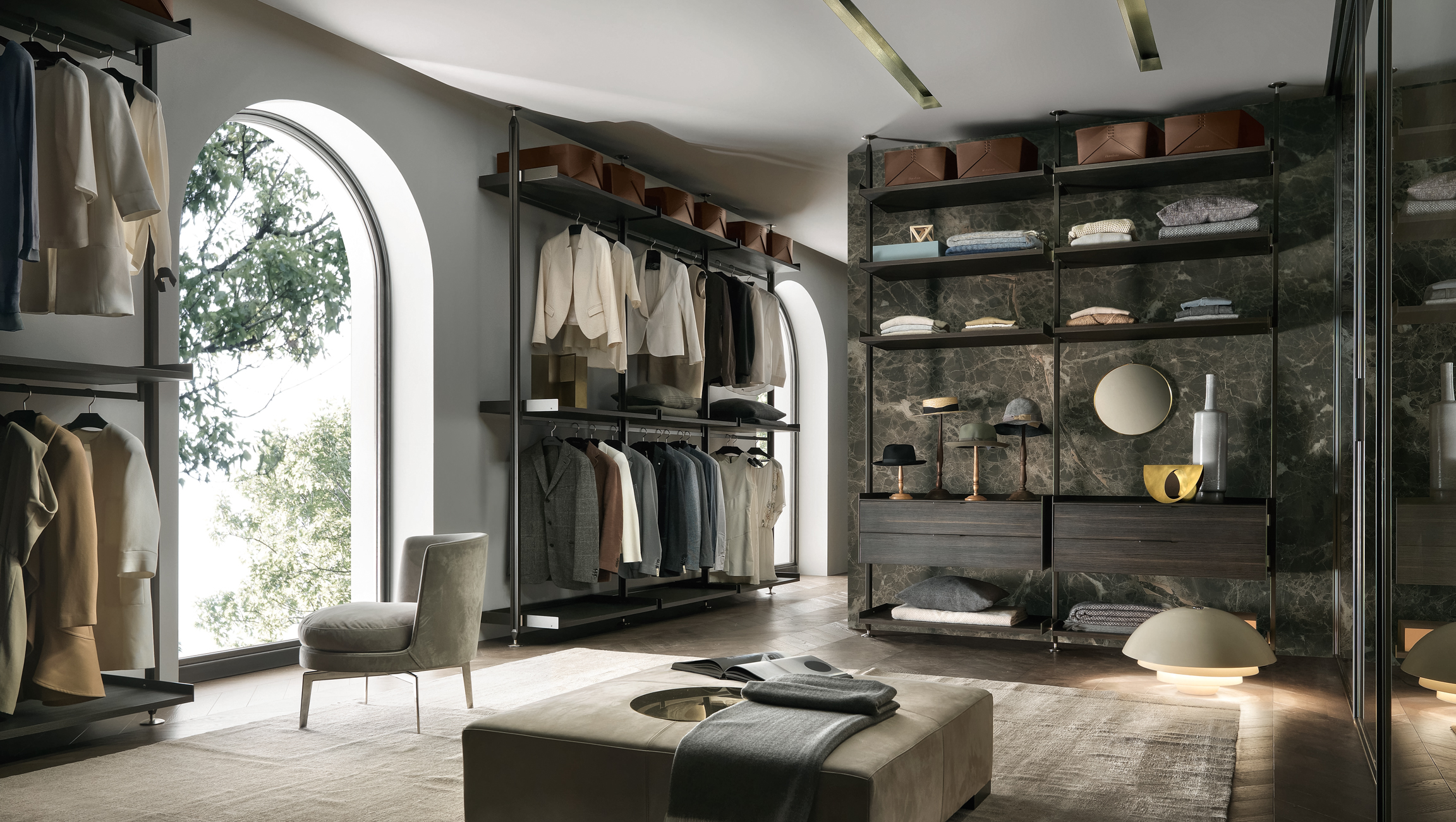
Principles for Enduring Wardrobe Design
Architecture First: Storage aligns with the room’s structure—supporting spatial clarity, never disrupting flow
Material Authenticity: True craftsmanship matures—refining the wardrobe’s character over time
Ritual Elevated: Dressing spaces become quiet extensions of the home’s rhythm—introducing order, ease, and permanence to daily life
When composed with precision, a luxury walk-in wardrobe disappears into the home’s design—its presence revealed through proportion, material integrity, and enduring use.
Our curated collection of dressing tables and wardrobe compositions is conceived to complement enduring interiors—grounded in architectural clarity, material longevity, and quiet confidence. For tailored commissions, our team collaborates globally with private clients and design professionals to deliver wardrobe environments of refined permanence.
